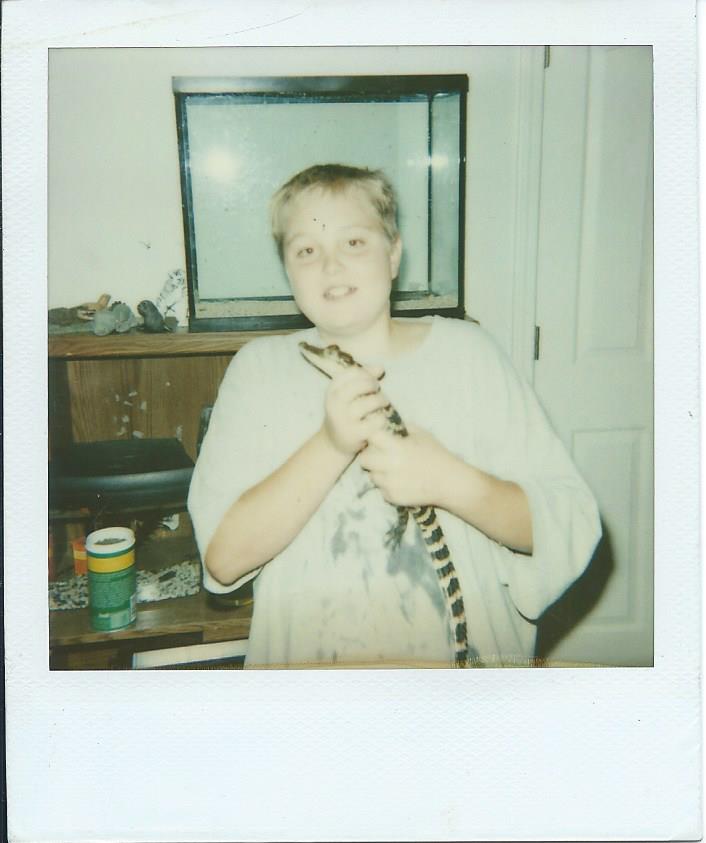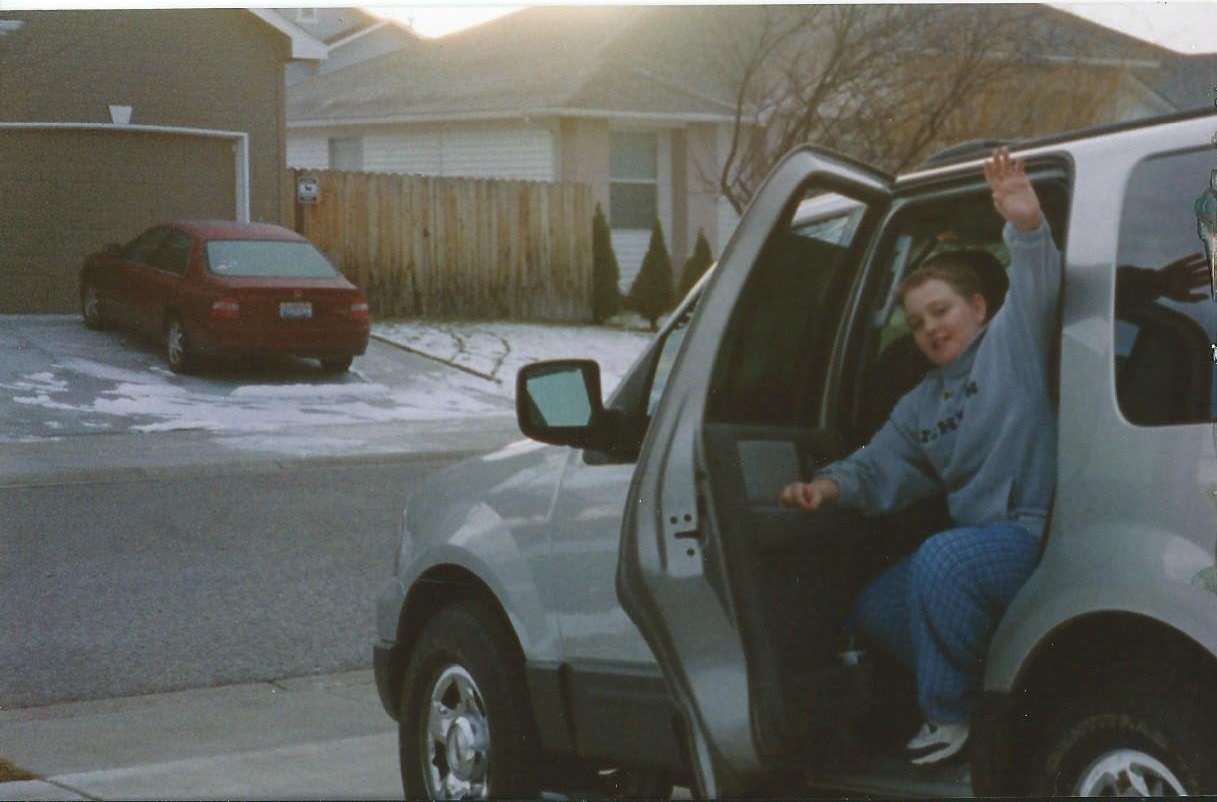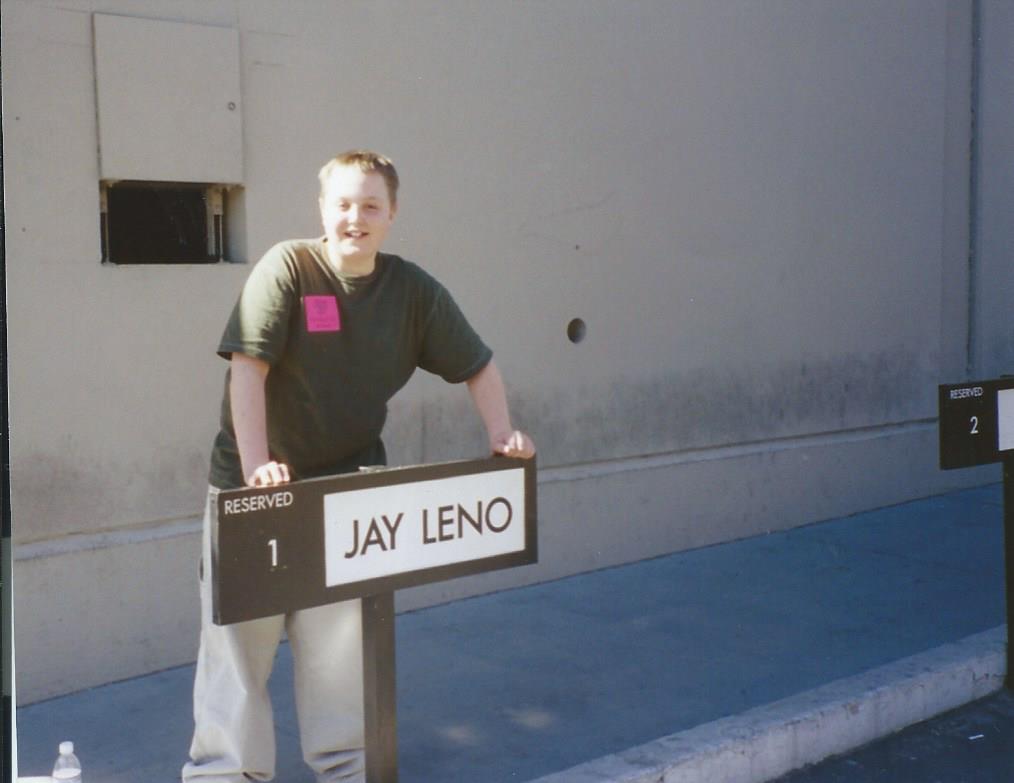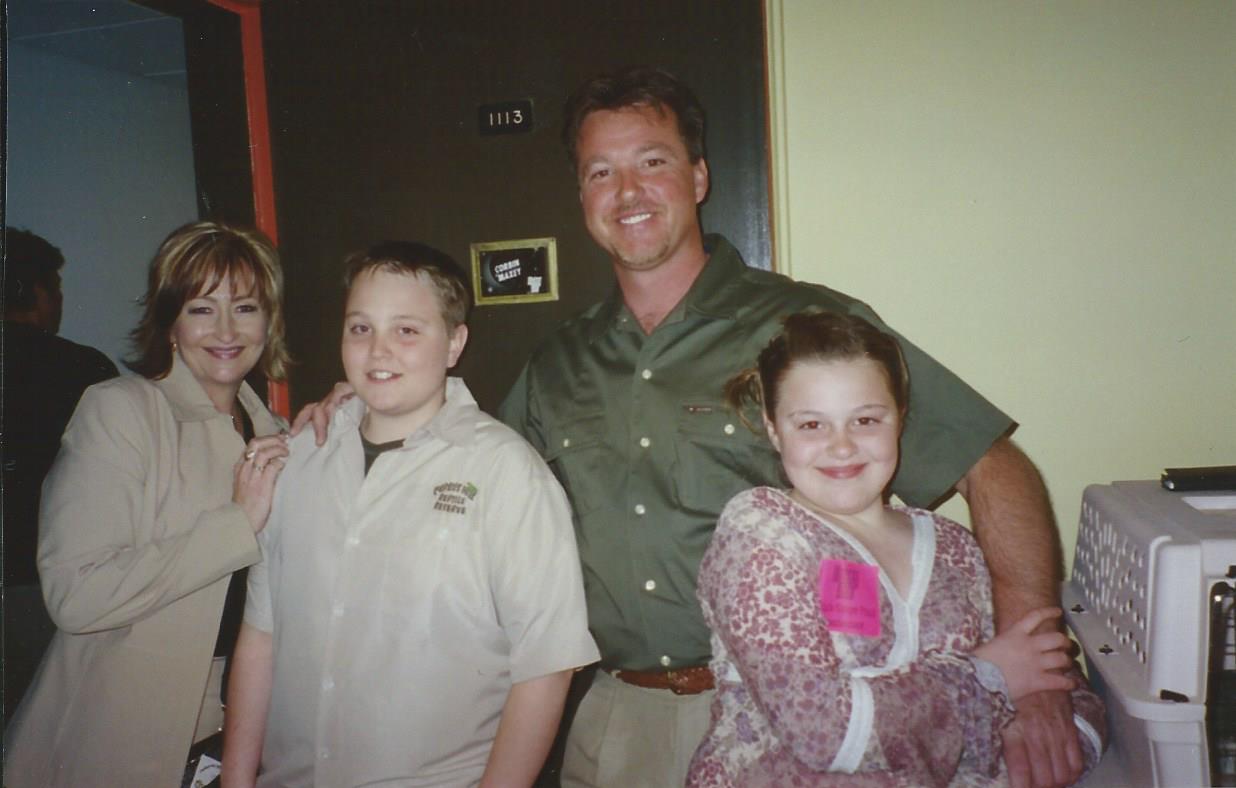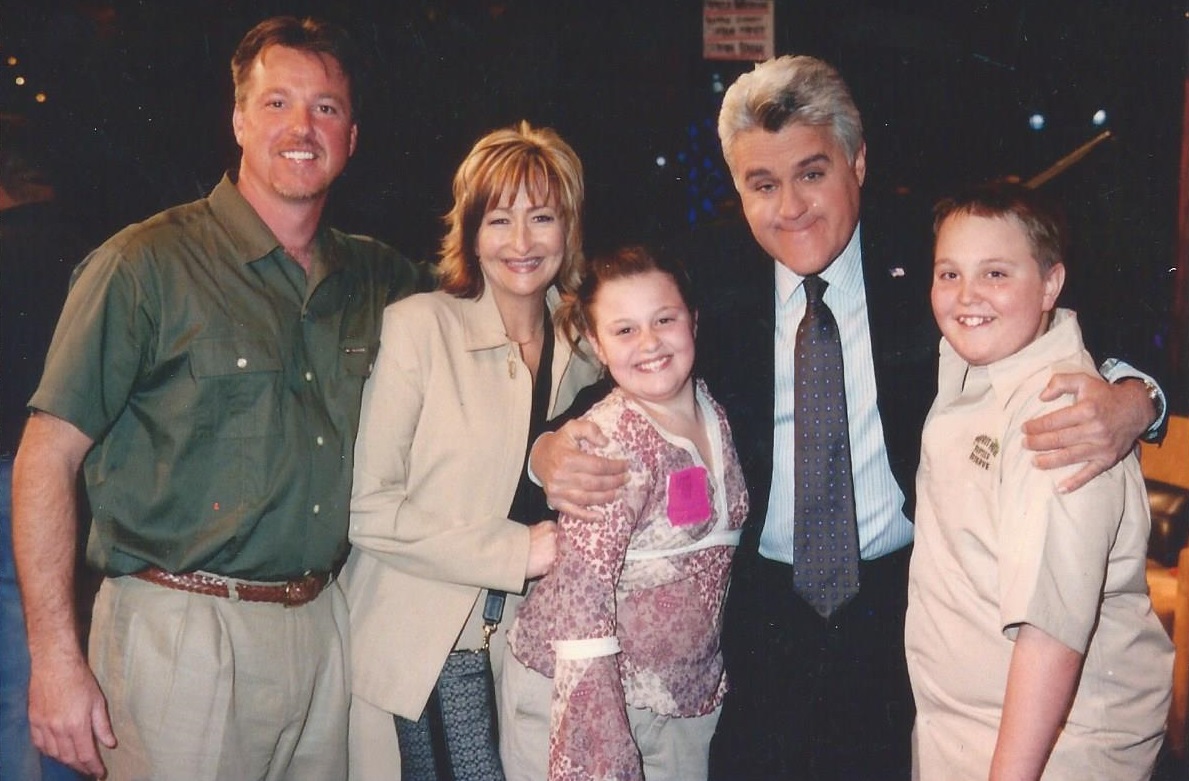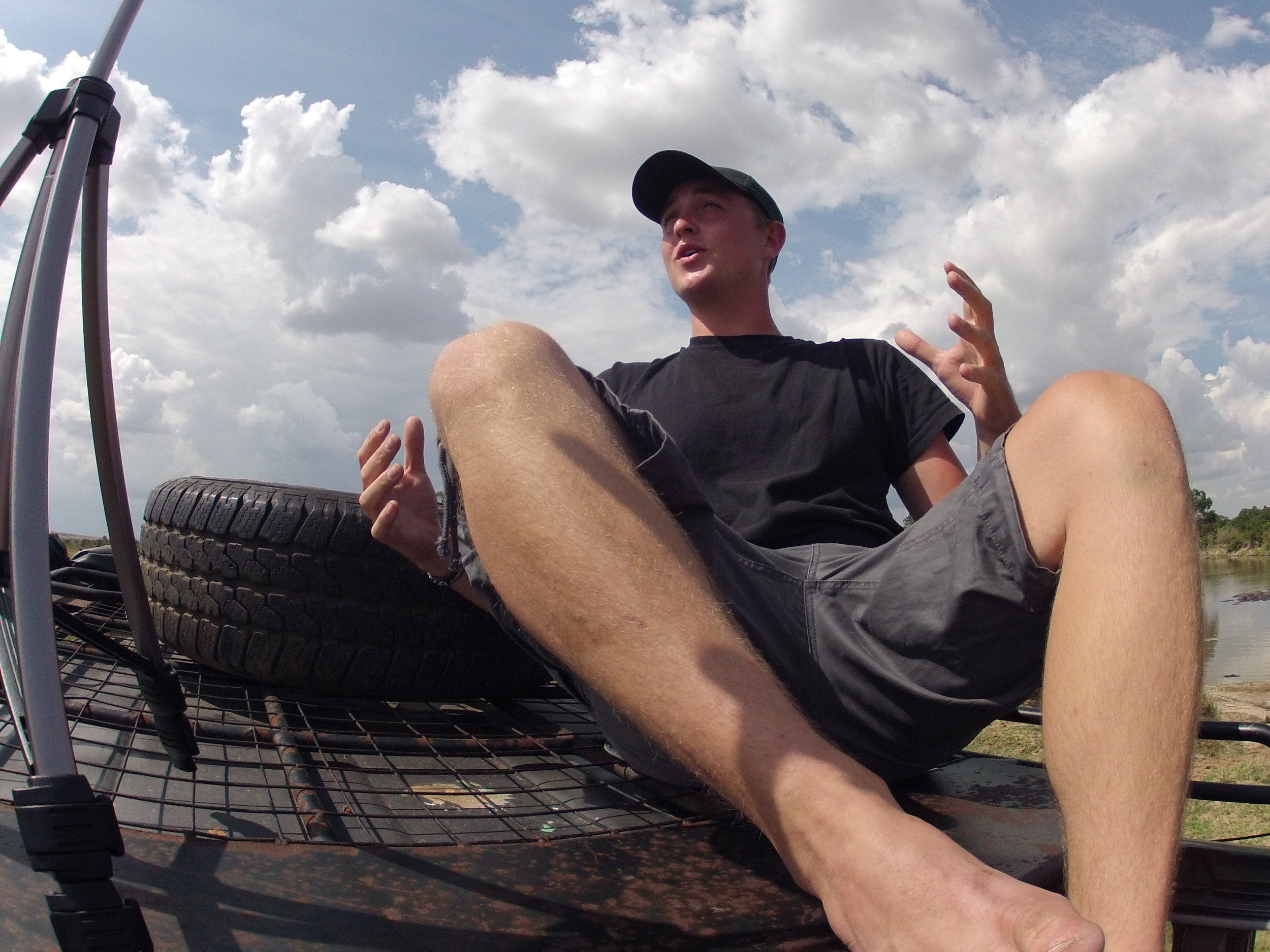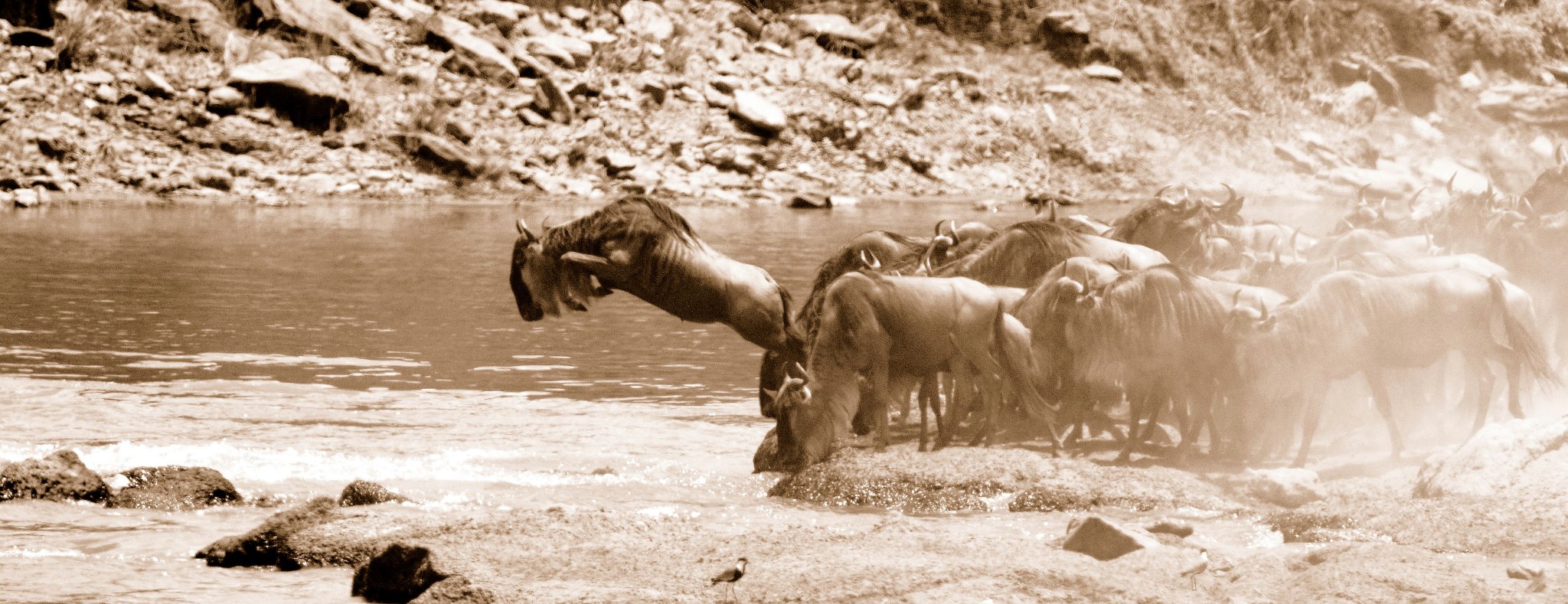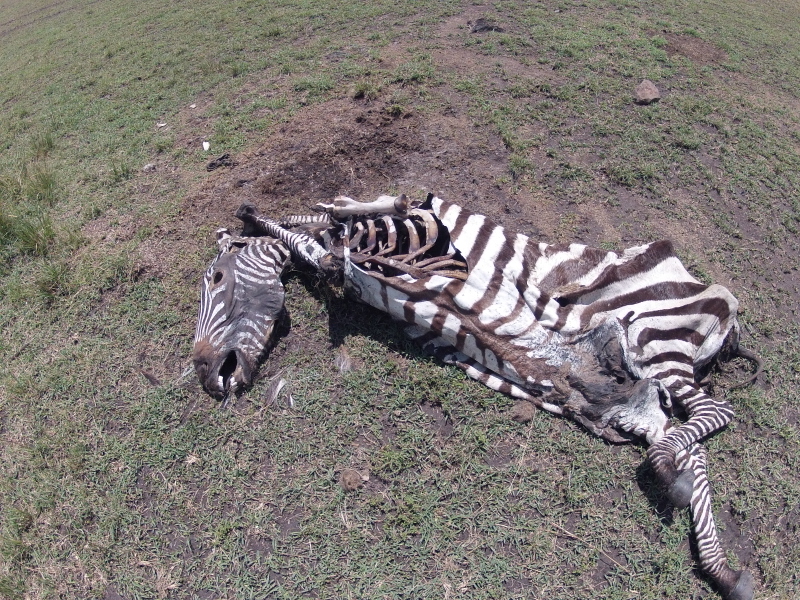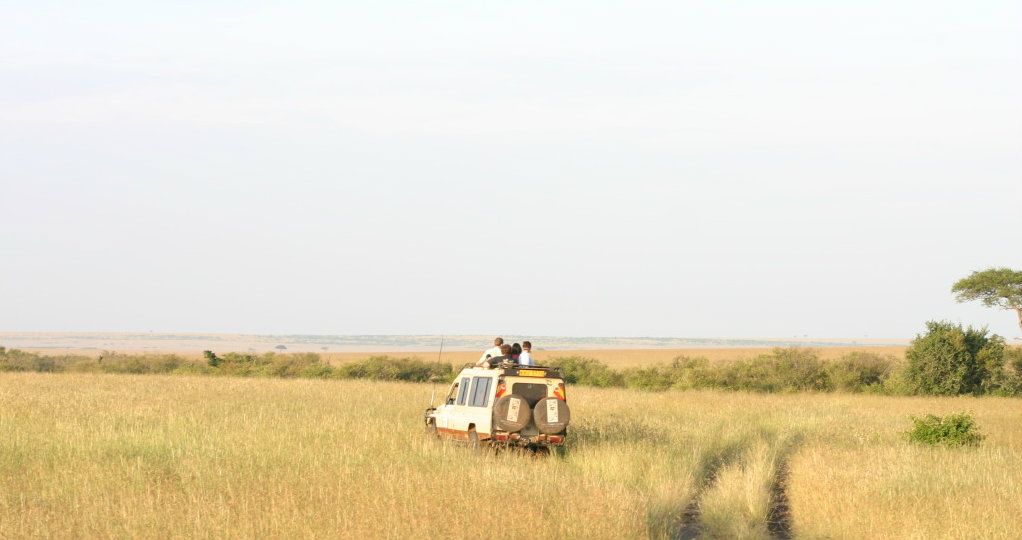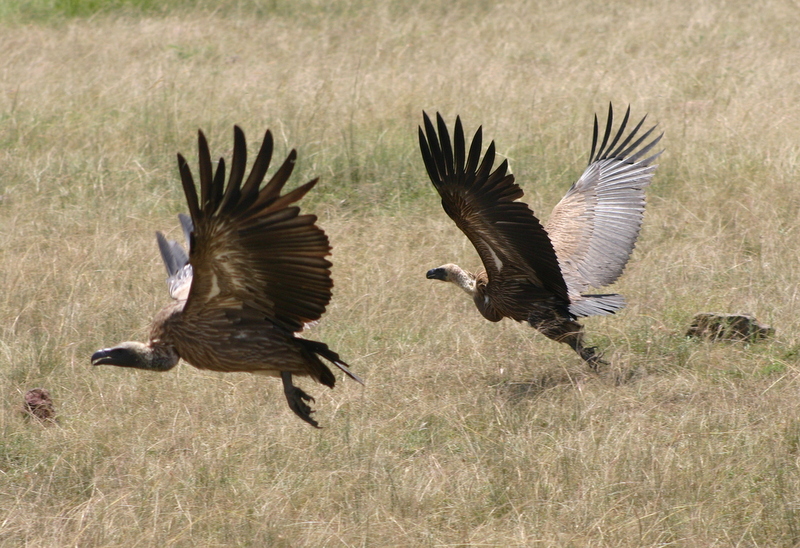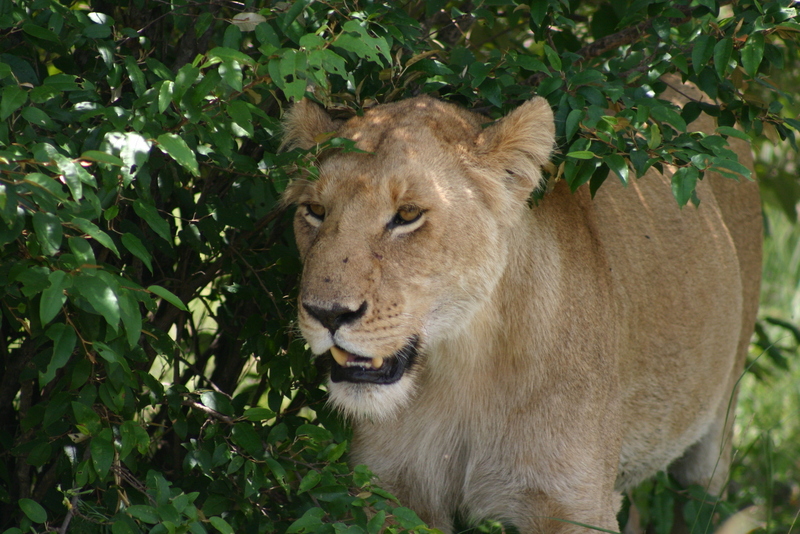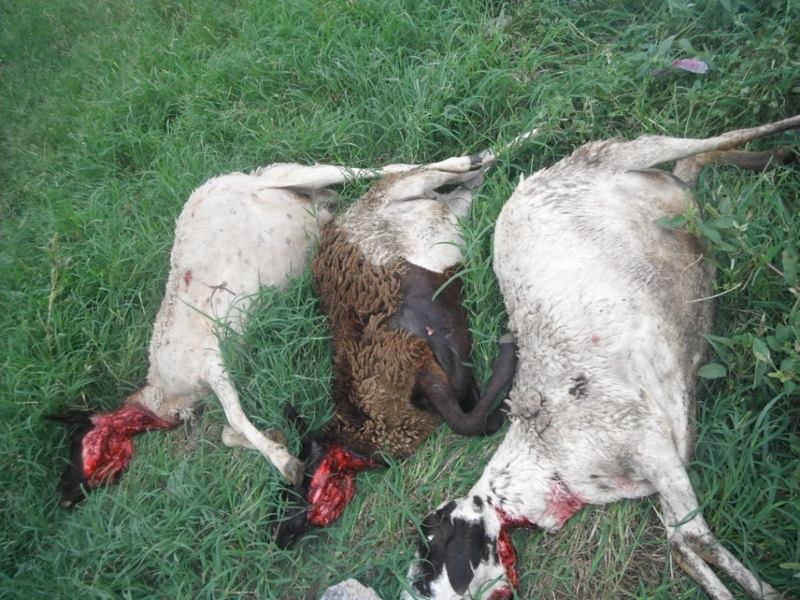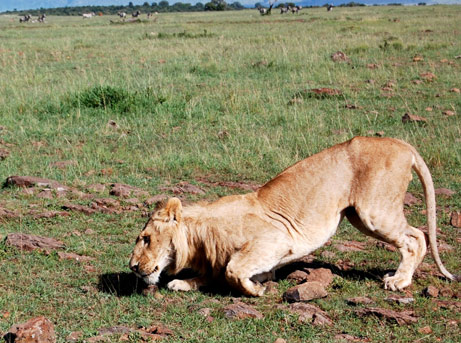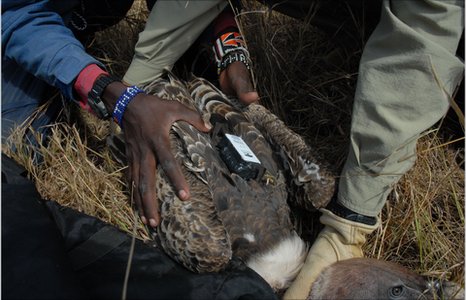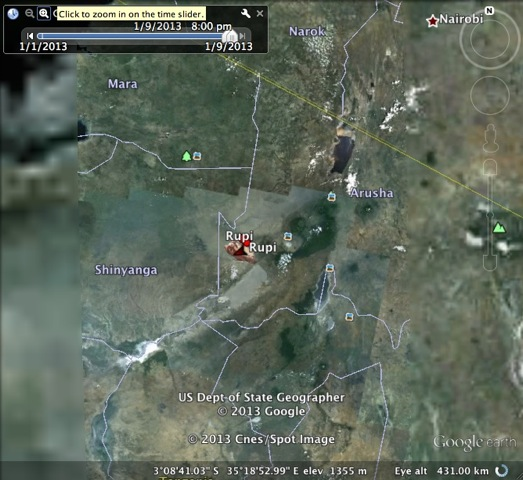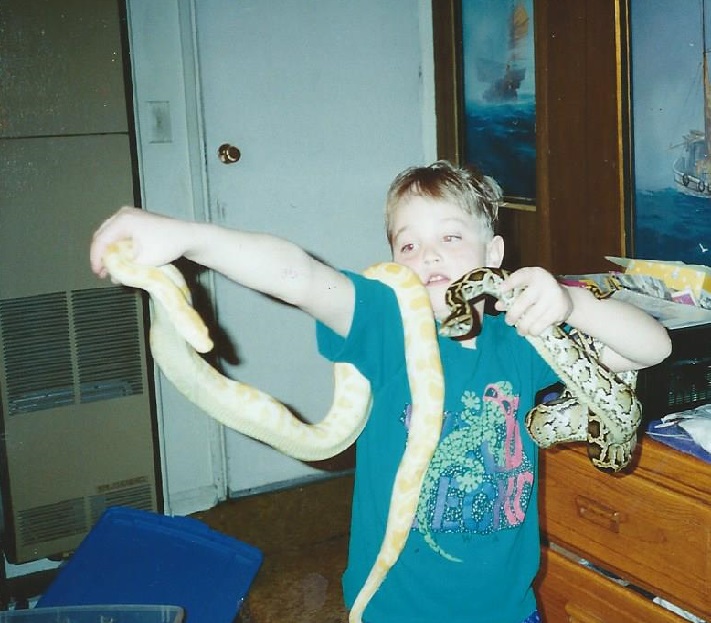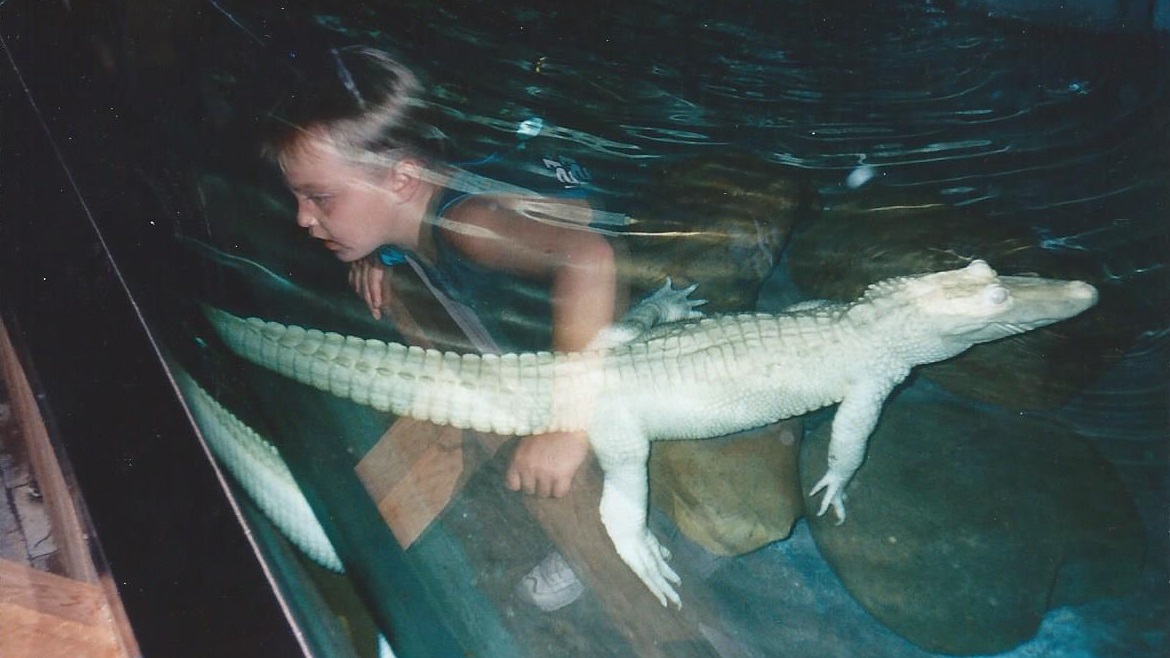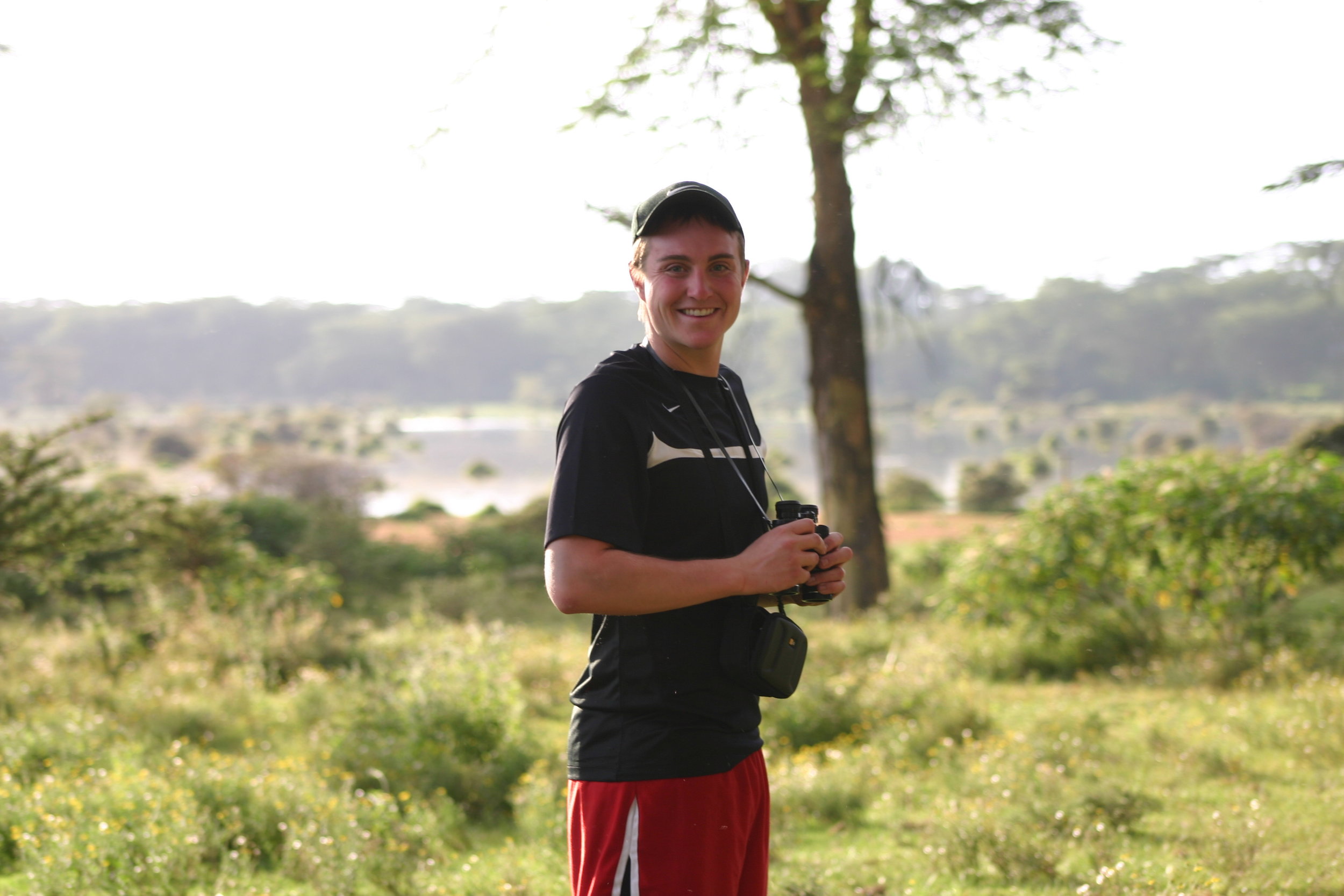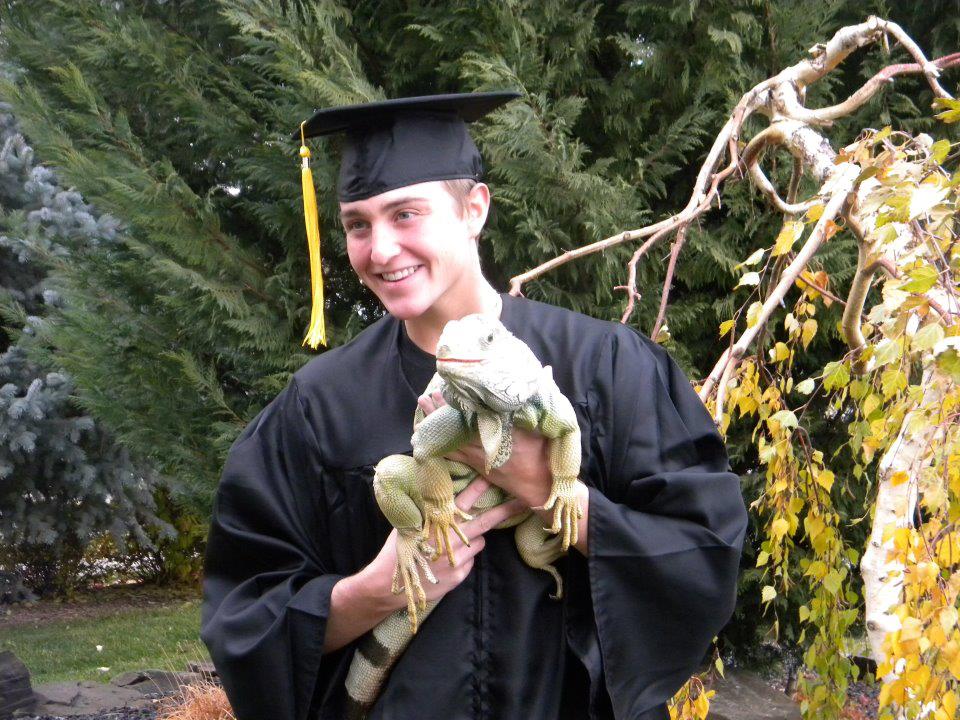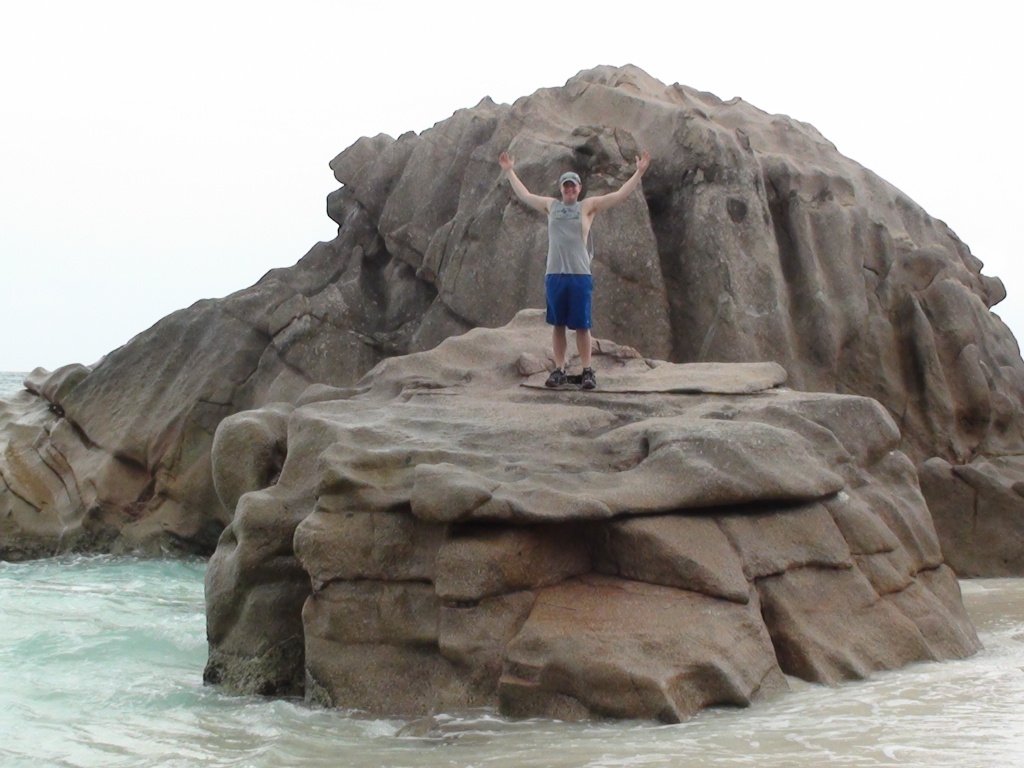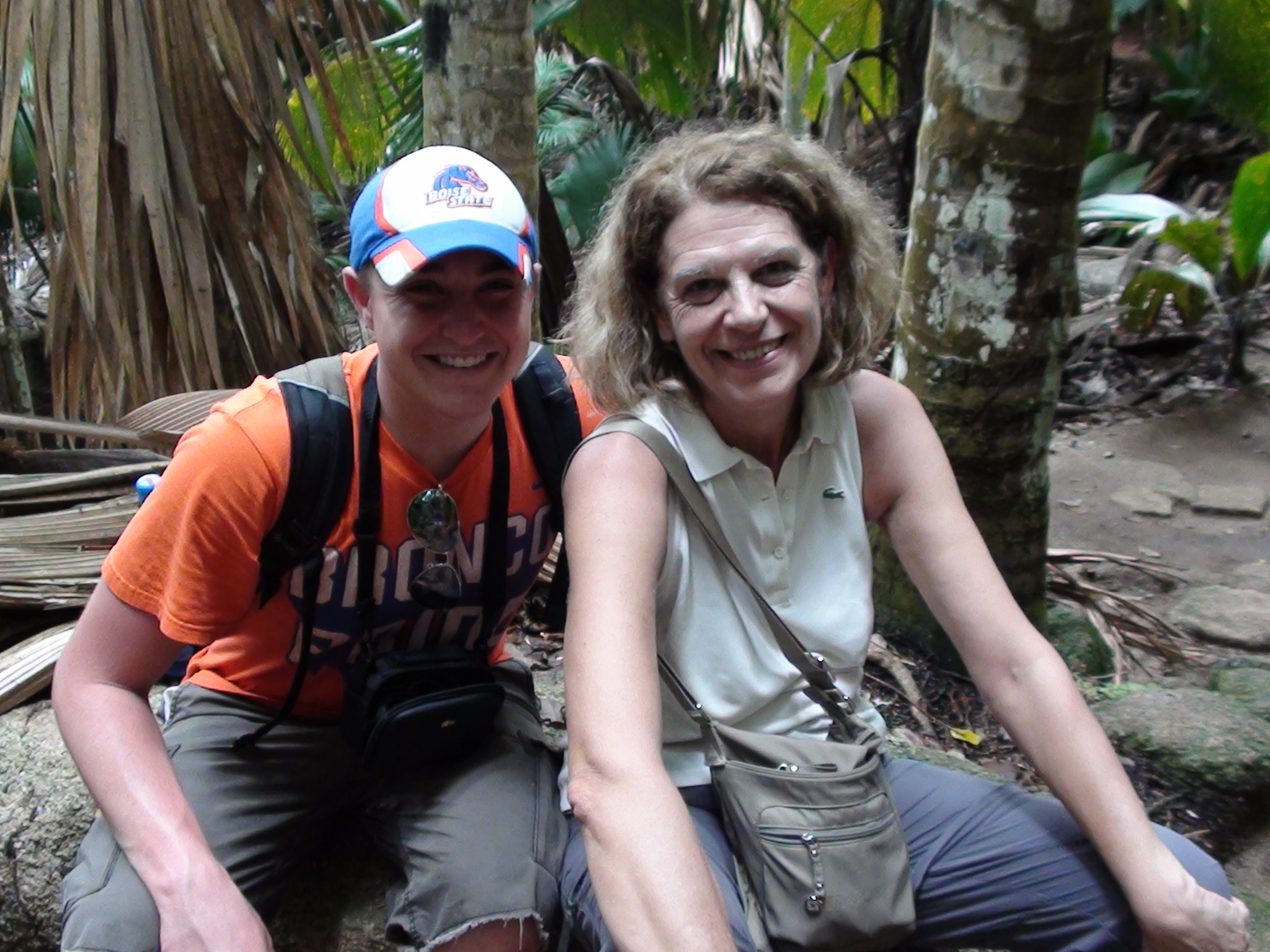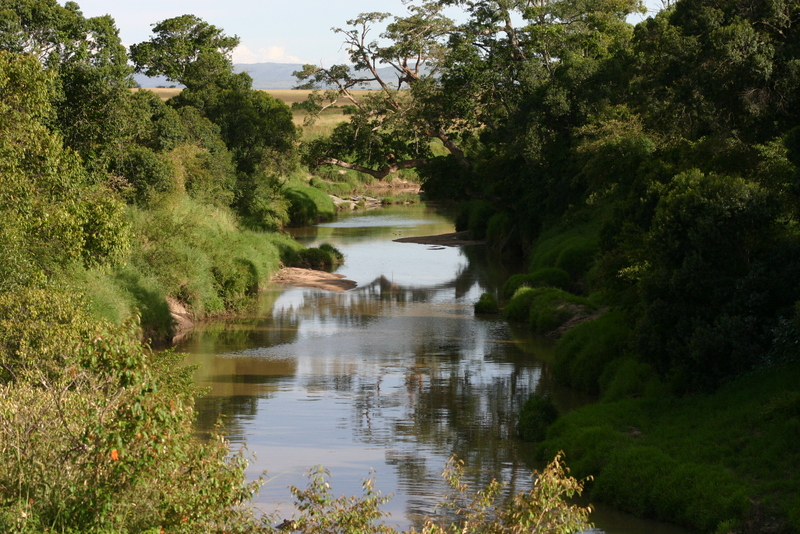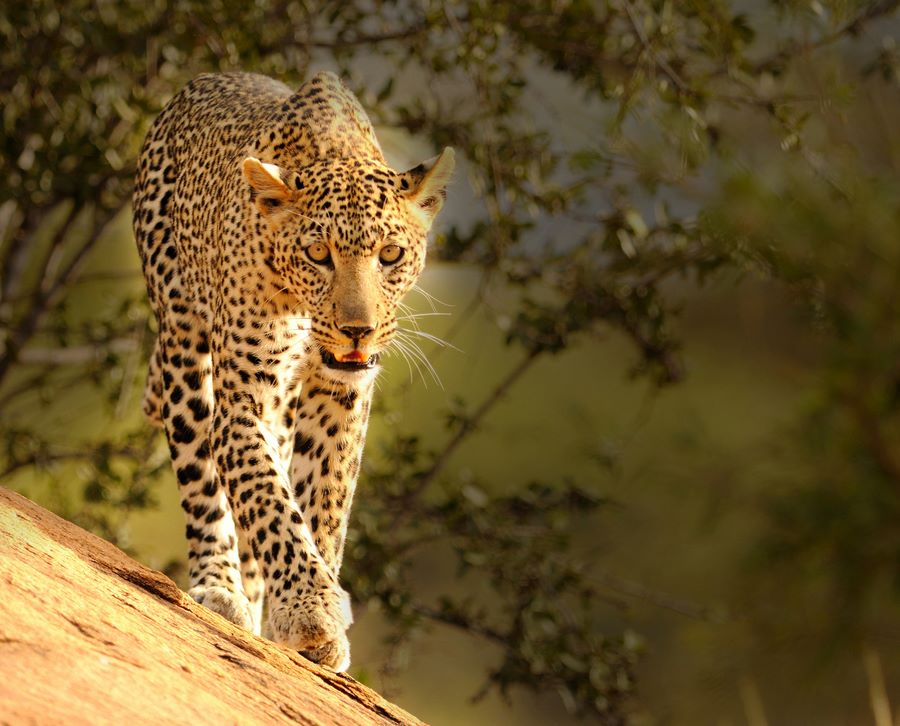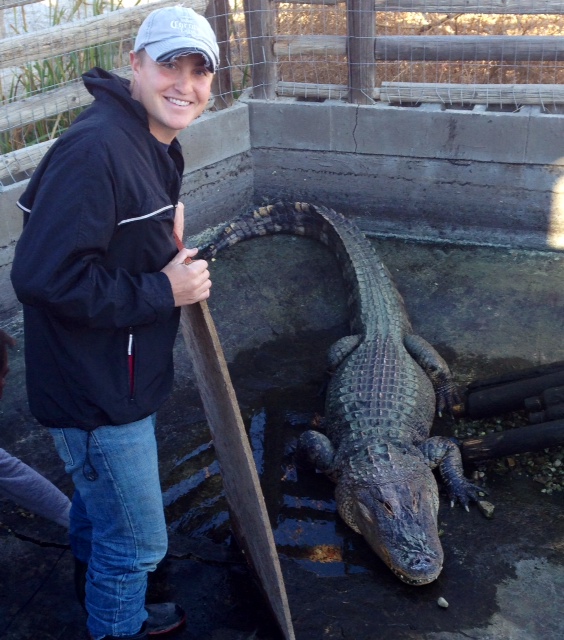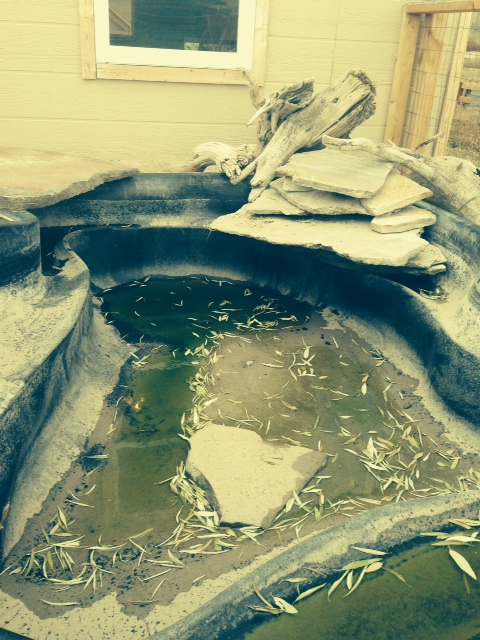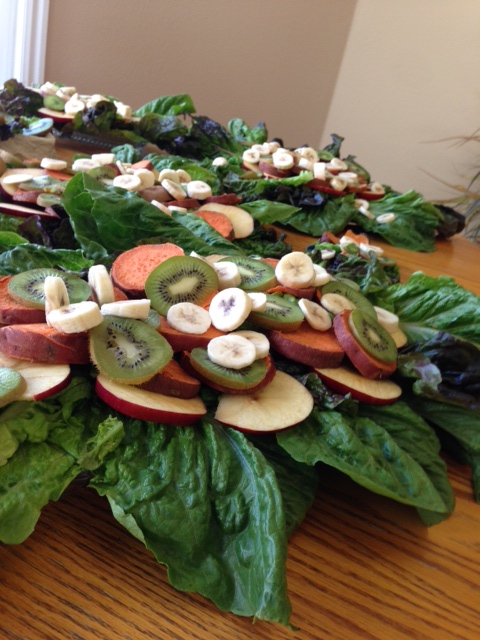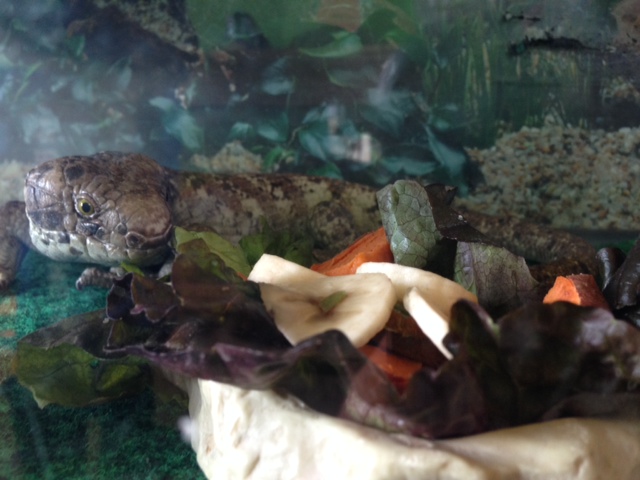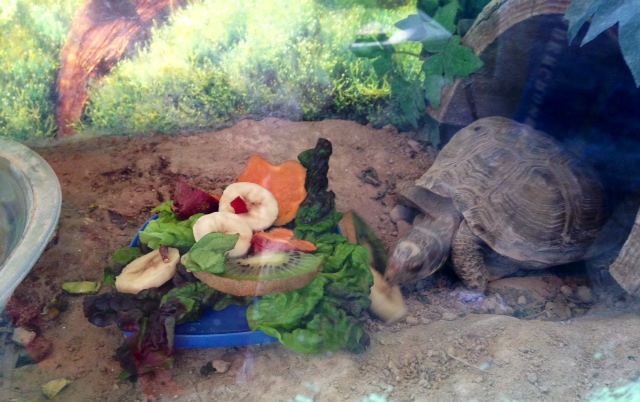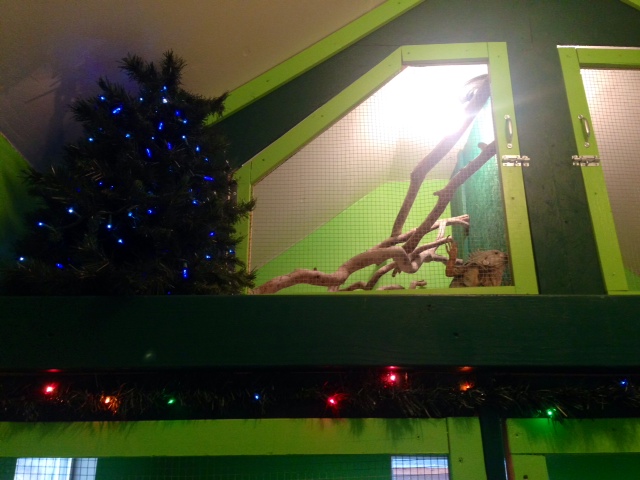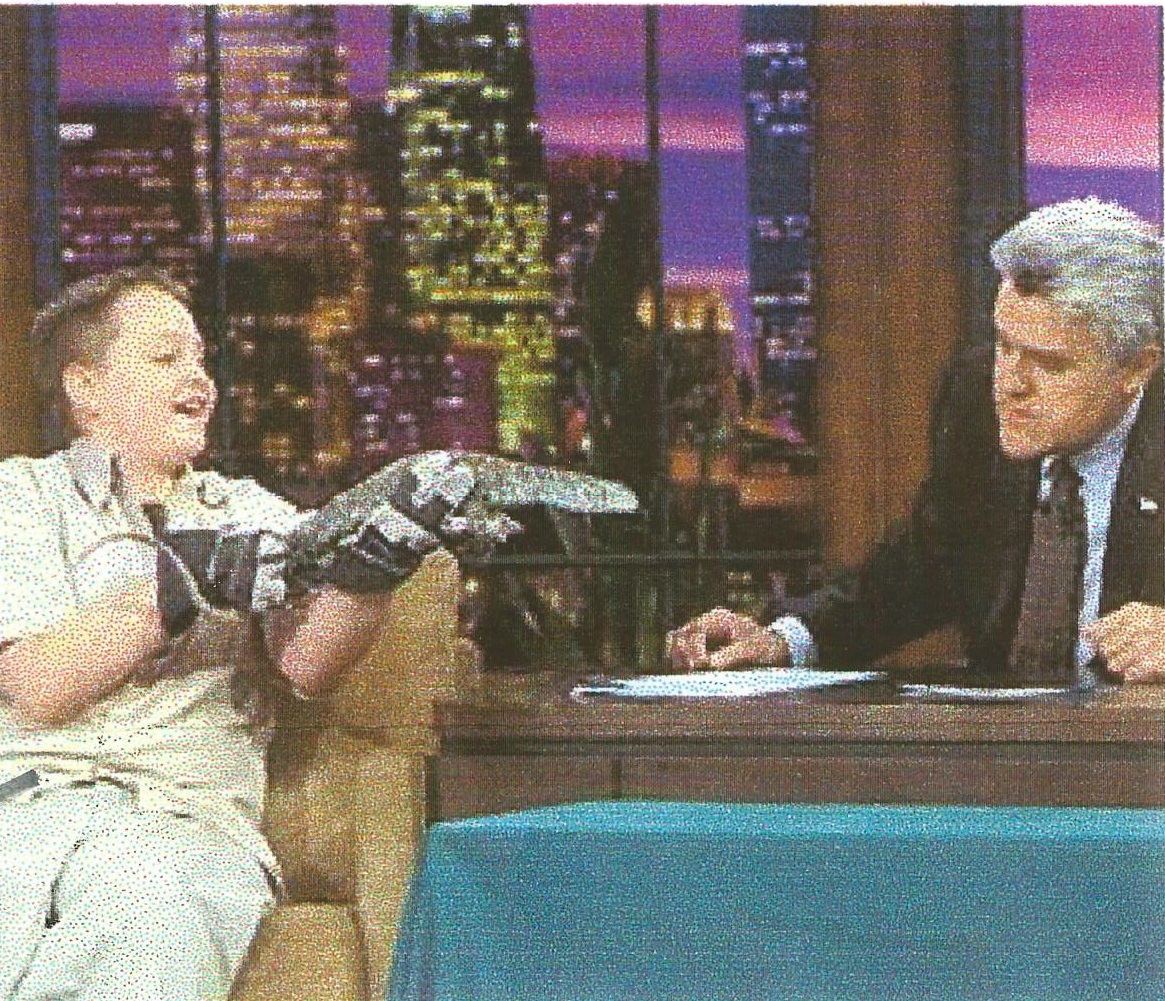 It's one of the most influential programs in television history. Most consider it the pinnacle of success; once you land a "Tonight Show" booking, there isn't much else that can top it. In its 60-year history "The Tonight Show" has helped launched the careers of some of the most respected names in Hollywood. It also has profiled everyday people with unique talents and special interests. That's where my story comes in. I'll never quite completely comprehend how I ever landed a seat on that famous couch. It's almost too surreal. What I can comprehend though is how many doors those appearances have opened for me. As Jay Leno prepares to depart "The Tonight Show" for good, I decided to share a few personal photos from experiences of being a guest on his show. I hope you enjoy- Corbin.
It's one of the most influential programs in television history. Most consider it the pinnacle of success; once you land a "Tonight Show" booking, there isn't much else that can top it. In its 60-year history "The Tonight Show" has helped launched the careers of some of the most respected names in Hollywood. It also has profiled everyday people with unique talents and special interests. That's where my story comes in. I'll never quite completely comprehend how I ever landed a seat on that famous couch. It's almost too surreal. What I can comprehend though is how many doors those appearances have opened for me. As Jay Leno prepares to depart "The Tonight Show" for good, I decided to share a few personal photos from experiences of being a guest on his show. I hope you enjoy- Corbin.
Growing up I always had a passion for animals and entertaining. It never crossed my mind though that I could ever combine the two. My focus was solely on rescuing and rehabilitating reptiles and educating people about them.
It wasn't until my mom came across an open casting call for "Teenagers with Weird or Unusual Talents" for "The Tonight Show with Jay Leno" that I ever thought of combining my two favorite things. I didn't necessarily have a weird or unusual talent but I had an interesting story to tell. (Most 14-year-olds weren't running a full-time reptile rescue!) I submitted my story in less than three sentences. A week later I got a call from a "Tonight Show" producer expressing interest.
After an audition tape and several over-the-phone interviews, I was officially booked on the show. We packed our bags and headed to Burbank!
We made the 14 hour drive from Meridian, Idaho to Burbank where the show has been filming since 1972.
I just couldn't believe this was real life.
We finally arrived! My dressing room was complete with a fully stocked fridge, food platters (you can imagine I was happy), and couches.
I'm pretty sure we weren't allowed to take photos on the set!
I don't think I've ever been more nervous in my entire life. I remember pacing back in forth backstage minutes before I was set to go on. It doesn't help either that you can hear the roaring crowd and music from the dressing room. As Jay announced my name the only thing in the back of my mind was don't trip Corbin! Luckily he made me feel right at home. The segment was a success.
Oh, did I forget to mention that the first guest was Pamela Anderson?
I don't think Jay or his staff could have been any friendlier. They made us feel right at home. To this day he is still one of the nicest celebrities I've ever been able to work with.
I clearly remember his producer telling me the odds of getting on "The Tonight Show" are about a million to one. To appear multiple times is even slimmer. With hard work, persistence, and dedication anything can happen. I'm living proof.
Tinkerbelle eating a banana on Jay's desk. I was especially honored during this appearance because I was able to work with the late Steve Irwin's lead animal handler for "The Tonight Show with Jay Leno."

I don't think I can ever completely express my sincere gratitude to Jay Leno and his producers for taking a chance and allowing me to showcase my passion and enthusiasm for animals. After my first appearance at age 14 I was convinced right then and there that this is what I wanted to do for the rest of my life. I couldn't be happier. We're going to miss you Jay.


